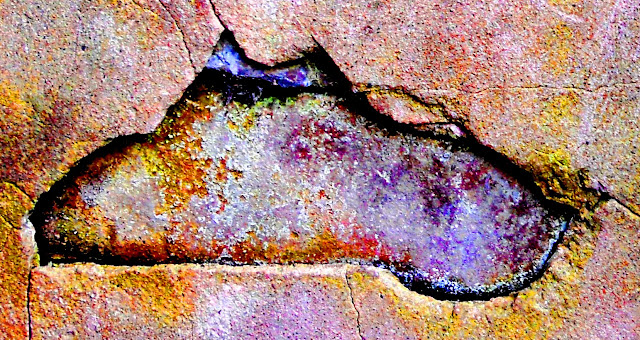Perhaps the most common form of pleonasm involves abbreviations and acronyms, and the mistake lies in tacking on the word represented by the last letter of the abbreviation to the end of that abbreviation. The following are examples of the most commonly heard constructions of this kind (in boldface type; the meaning of each abbreviation is spelled out to emphasize the repetition):
ABS (anti-lock braking system) system.Perhaps because it has been pointed out so frequently, I find that nowadays I’m more likely to be asked to key in my PIN rather than my PIN number, but overall the errors I’ve listed here remain depressingly common.
ATM (automatic teller machine) machine.
HIV (human immunodeficiency virus) virus.
LCD (liquid crystal display) display.
PIN (personal identification number) number.
SAM (surface-to-air missile) missile.
SAT (standard attainment test) test.
Another technical term, closely related to pleonasm, is tautology. The difference is that instead of being the exact repetition of a word or phrase, tautology involves saying the same thing in a different way. Once again, there are examples that are so common as to have become part of the language, to be used unthinkingly by most people:
end result a result can only come at the end!There are many similar phrases, including ‘surrounded on all sides’ and ‘veering off course’, but the next type of pleonasm involves words or short phrases that have been imported into English from other languages with their original meaning obscured or forgotten. Here are three of the most common:
free gift if it isn’t free, then it’s not a gift, so ‘free’ is redundant in this expression.
join together ‘together’ is redundant in this expression.
safe haven a haven is a place of safety, so ‘safe’ shouldn’t be repeated.
sum total two synonyms that are often found together.
head honcho this phrase is derived from the Japanese hancho, meaning group leader. It was picked up in conversation by the GIs who occupied Japan after the Second World War. They clearly failed to grasp its actual meaning.The most intriguing pleonasms that involve overlapping languages are place names. Here are some well-known examples:
the hoi polloi Hoi polloi means ‘the many’ in ancient Greek, and its most famous recorded use is in a funeral oration by Pericles, in which he talked approvingly of hoi polloi, as opposed to hoi oligoi (‘the few’), from which we derive our modern word ‘oligarchy’.
tomato ketchup ketchup comes from the Cantonese kei tsup, meaning ‘tomato sauce’. Say no more.
Lake Chad Chad comes from the Bornu word tsade, which means ‘lake’.The reductio ad absurdum of place-name pleonasms is a village in my home county of Cumbria: Torpenhow. Tor is Old English for ‘hill’; pen is Cumbric for ‘hill’; and how is Old Norse for ‘hill’. All three languages were once spoken in the county. There is, allegedly, a hill outside the village that has been named Torpenhow Hill.
Mississippi River Mississippi comes from the French rendition of the Algonquin word for ‘Great River’.
River Avon Avon comes from the Welsh word afon, which means ‘river’.
River Ouse Ouse derives from a Brythonic word that means ‘river’.
Sahara Desert Sahara is Arabic for ‘desert’.
Wastwater This is a combination of Old Norse vatns dalr, Wasdale or ‘water valley’, and Old English wæter, ‘water’.
This is now getting rather silly, so I will conclude with a few expressions that derive from mediæval times in England, when the general population spoke Old English and members of the court spoke French. When legal edicts were being issued, no one could be sure who would be reading them, which led to a series of expressions, in use to this day, that combined the same word in each of the languages.
Some of these doublets remain the legal jargon to describe criminal offences: aid and abet; breaking and entering; (driving without due) care and attention. Other legal phrases that most readers will recognize include cease and desist, null and void; terms and conditions; and (last) will and testament. And we shouldn’t overlook the generic phrase ‘law and order’ when compiling our list.
Other such doublets have escaped their original legal environment and are now part and parcel of everyday speech. They can be said to be performing functions over and above their original purpose. Obviously, this post isn’t meant to be taken seriously, so it can be read for amusement by all and sundry without fear or favour.
















